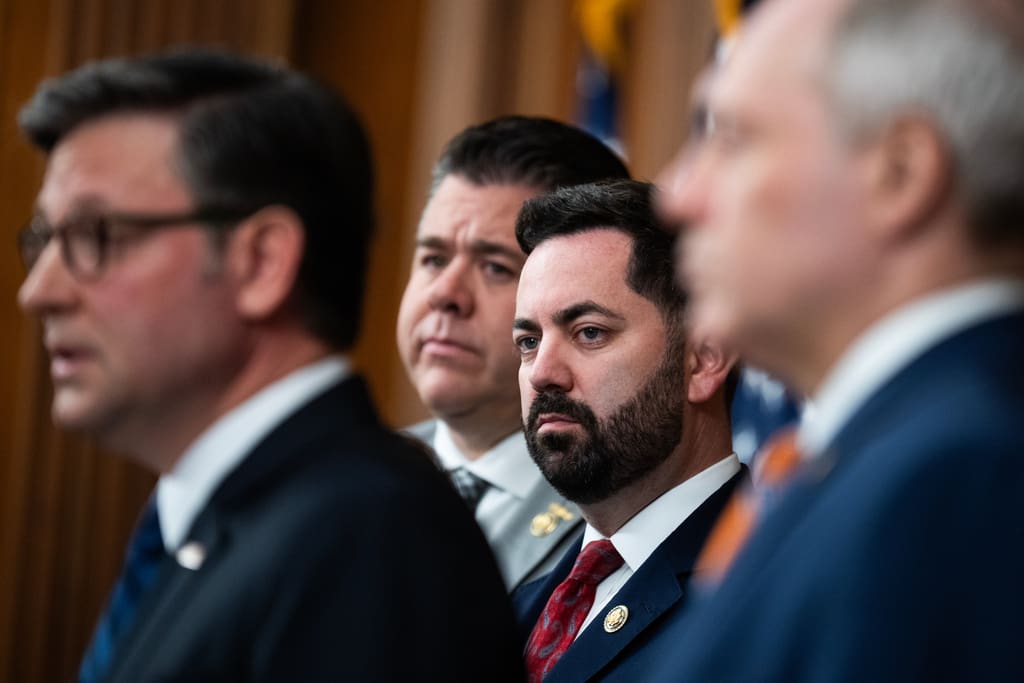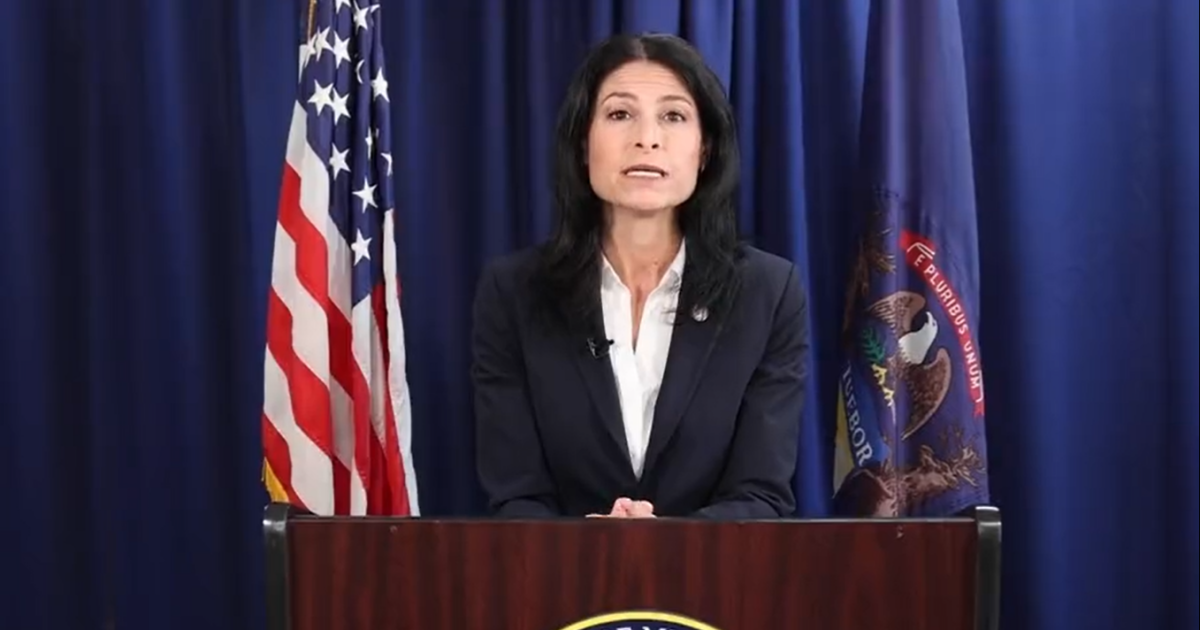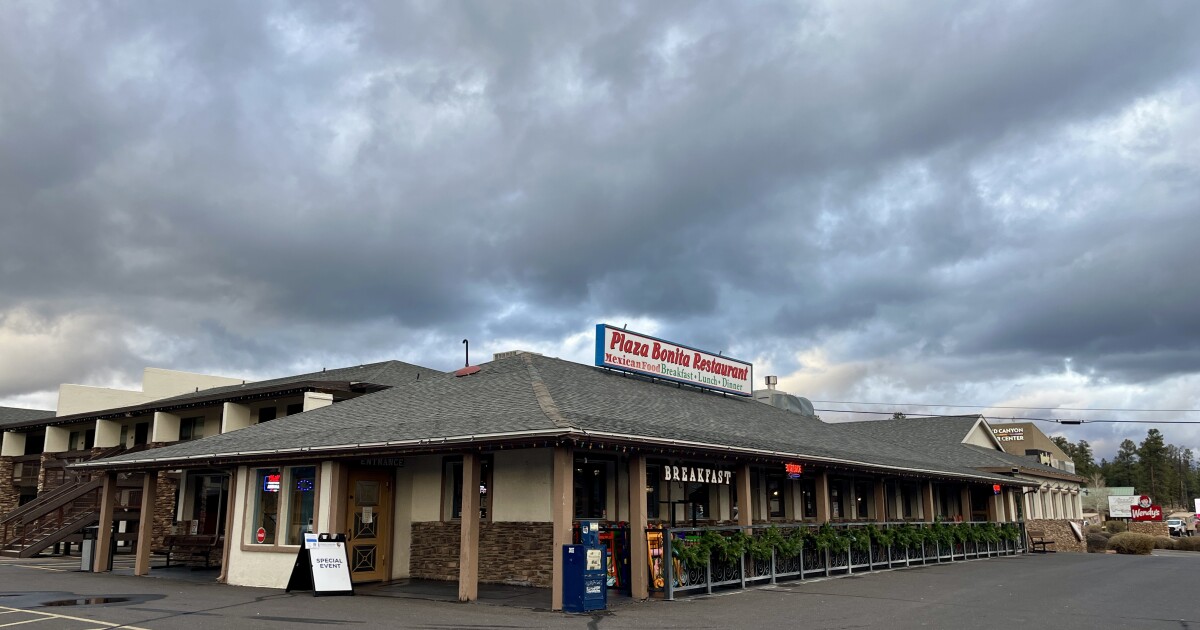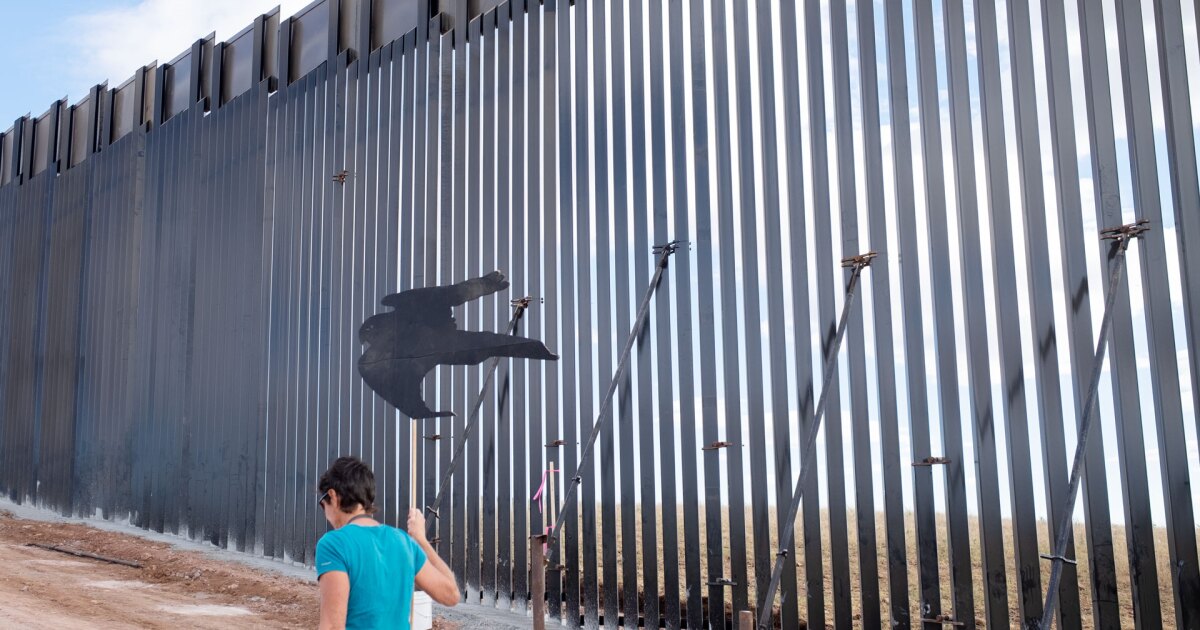Montana’s tourism industry has predominantly benefited the western areas, with Glacier and Yellowstone national parks as major attractions. However, the impact on eastern Montana has been less understood until now. A new study by the University of Montana’s Institute for Tourism and Recreation Research provides insights into visitor trends and economic impacts in the east over five years.
From 2018 to 2023, eastern Montana saw a modest 3% rise in drive-through visitors, but lodging tax revenue increased by 44%, and nonresident spending doubled to $1.1 billion. The report highlights a state-sponsored initiative aimed at boosting tourism and economic development in the region, leading to significant visitor and spending increases in the 23 eastern counties.
Key attractions in eastern Montana include historical sites like Pompeys Pillar and the Little Bighorn Battlefield, alongside recreation spots such as Fort Peck Lake. Melissa Weddell, director of ITRR, stated, “This report illustrates how visitor patterns and spending in eastern Montana are evolving over time.”
Eastern Montana Initiative
The state has focused on expanding tourism in under-visited areas, such as Missouri River Country and Southeast Montana. The Eastern Montana Initiative, launched by the Montana Department of Commerce in 2019, supports economic development and reduces overcrowding in popular western regions. By offering grants, it highlights eastern Montana’s landscapes and cultural sites.
Survey data from 2018 to 2023 shows a 142,000 increase in visitors, with significant growth in most sub-regions except Yellowstone County, which saw a 5% decrease. The northeast zone experienced a 68% rise in visitors, while nonresident spending surged by nearly 82% across the region.
Top attractions include Makoshika State Park, drawing 4% of surveyed visitors. Ray Trumpower of Missouri River Country Tourism Region emphasized promoting eastern Montana’s unique offerings to attract tourists seeking less crowded destinations.
Shifting Industry
Despite these gains, challenges remain due to limited infrastructure and amenities. Eastern Montana’s economy has traditionally relied on agriculture and fossil fuels, which are in decline. To support tourism growth, the Montana Legislature passed Senate Bill 540, reallocating lodging tax revenue to rural tourism projects.
Residents surveyed expressed positive attitudes towards tourism, with 79% viewing benefits as outweighing negatives, although only 51% felt their communities were equipped for tourism. The report serves as a baseline for future research and provides guidance for stakeholders navigating eastern Montana’s evolving economic landscape. Rachel Shouse of ITRR noted, “Visitors aren’t just passing through Eastern Montana anymore. They’re staying, spending more, and experiencing what the region has to offer.”
—
Read More Montana News










